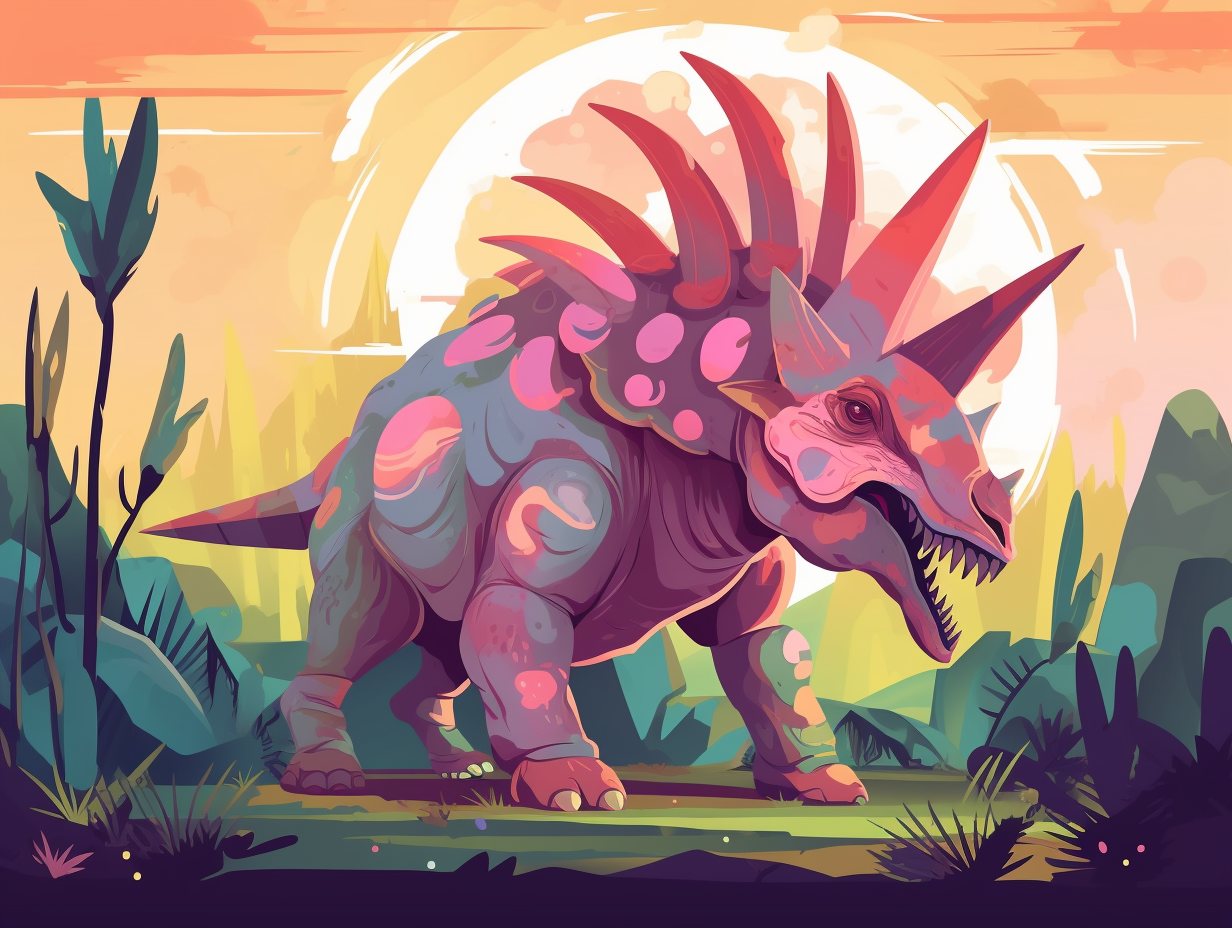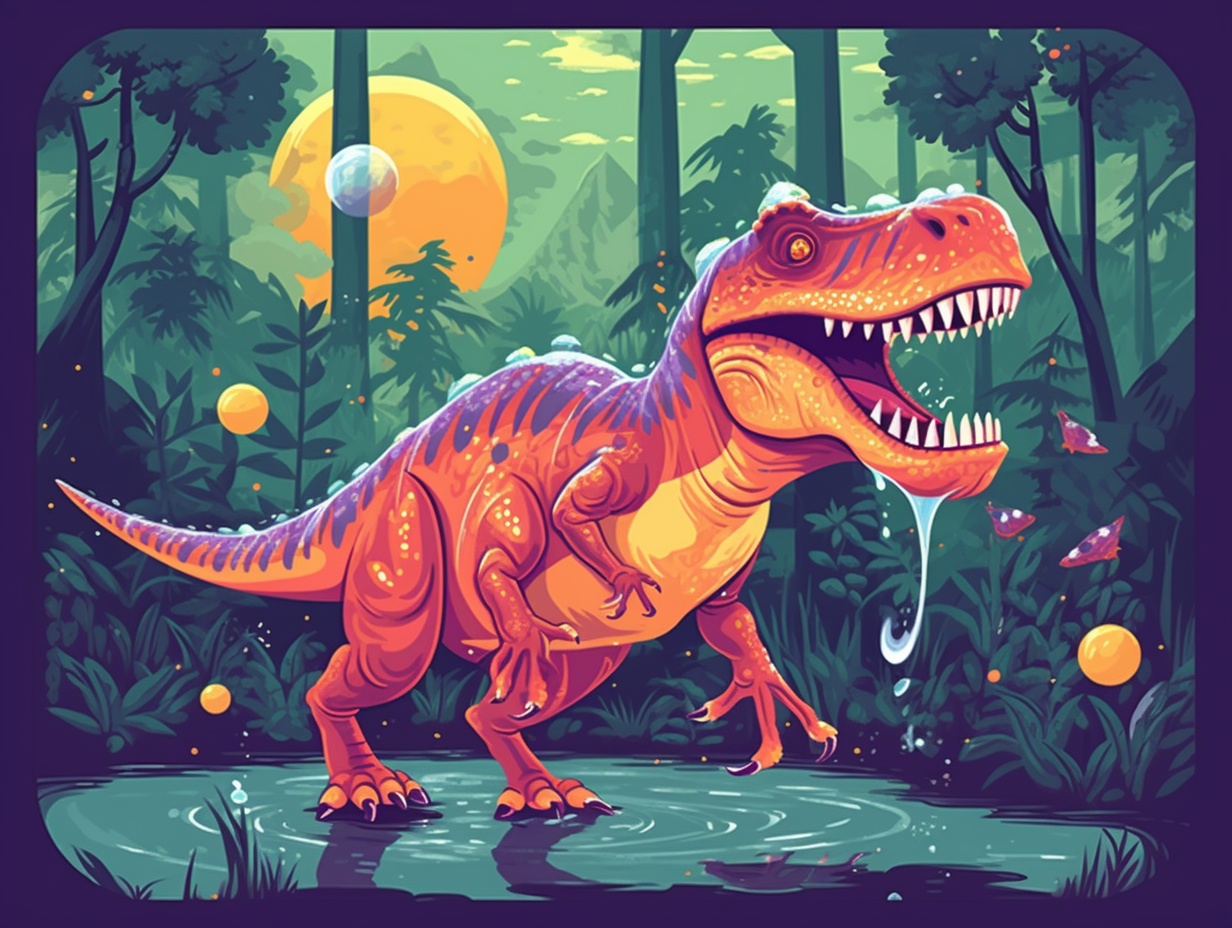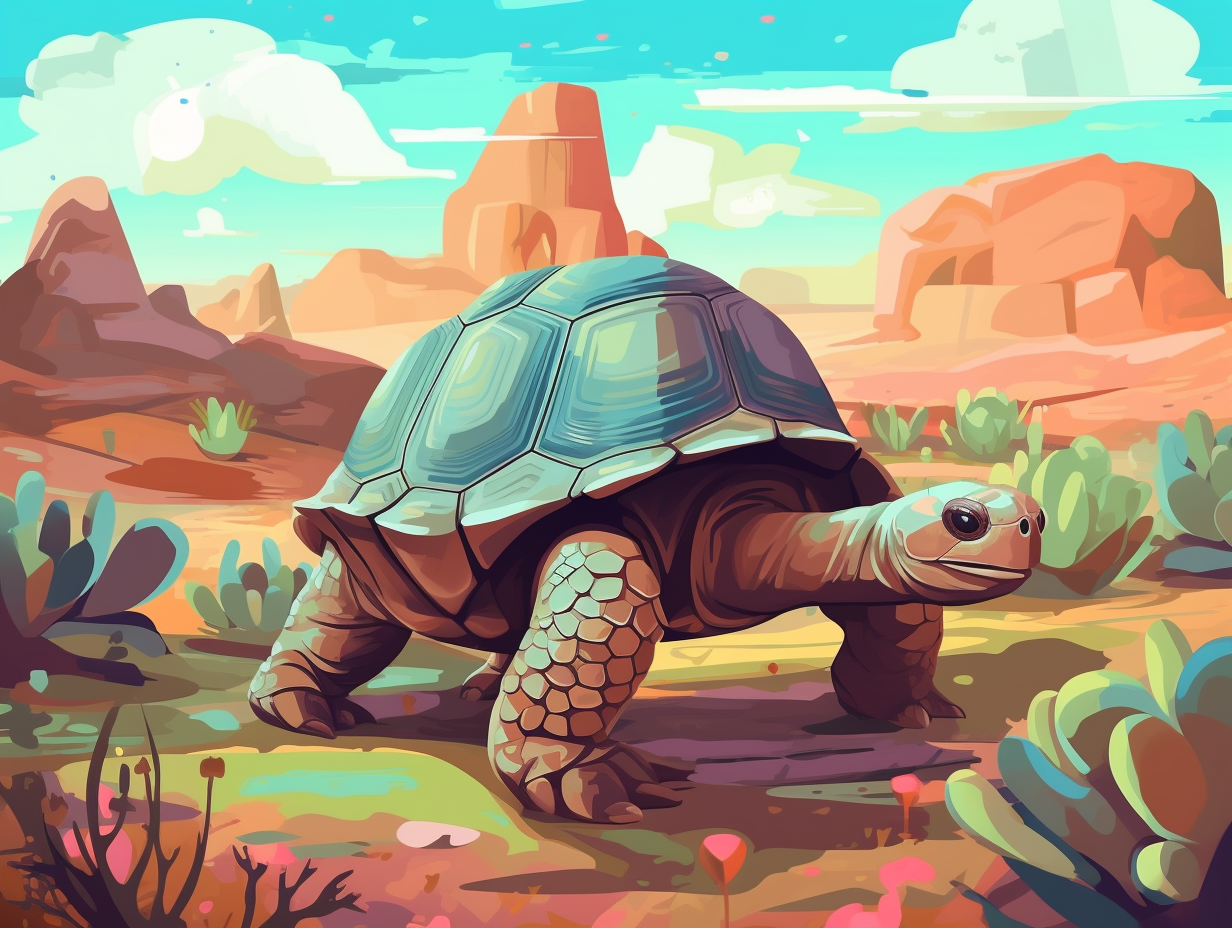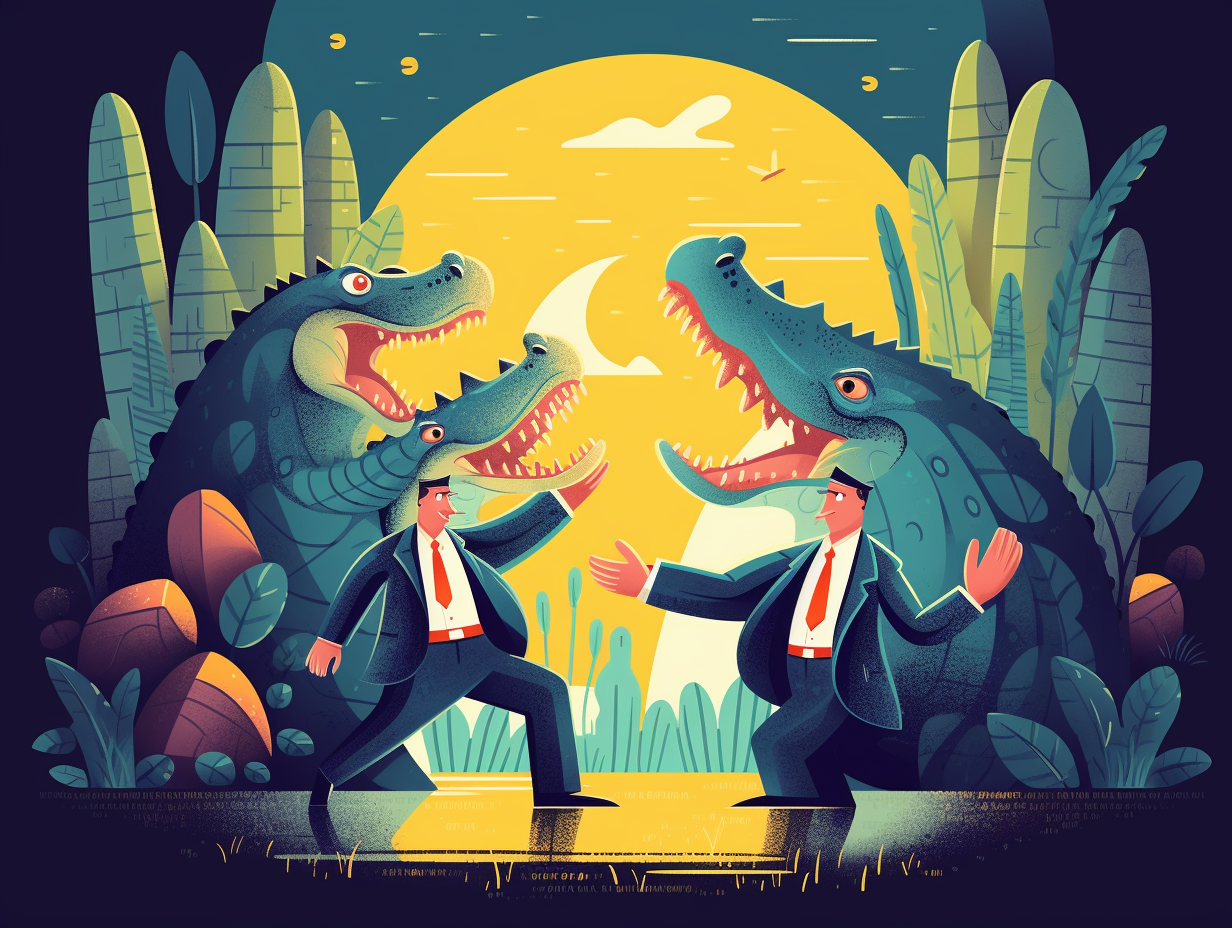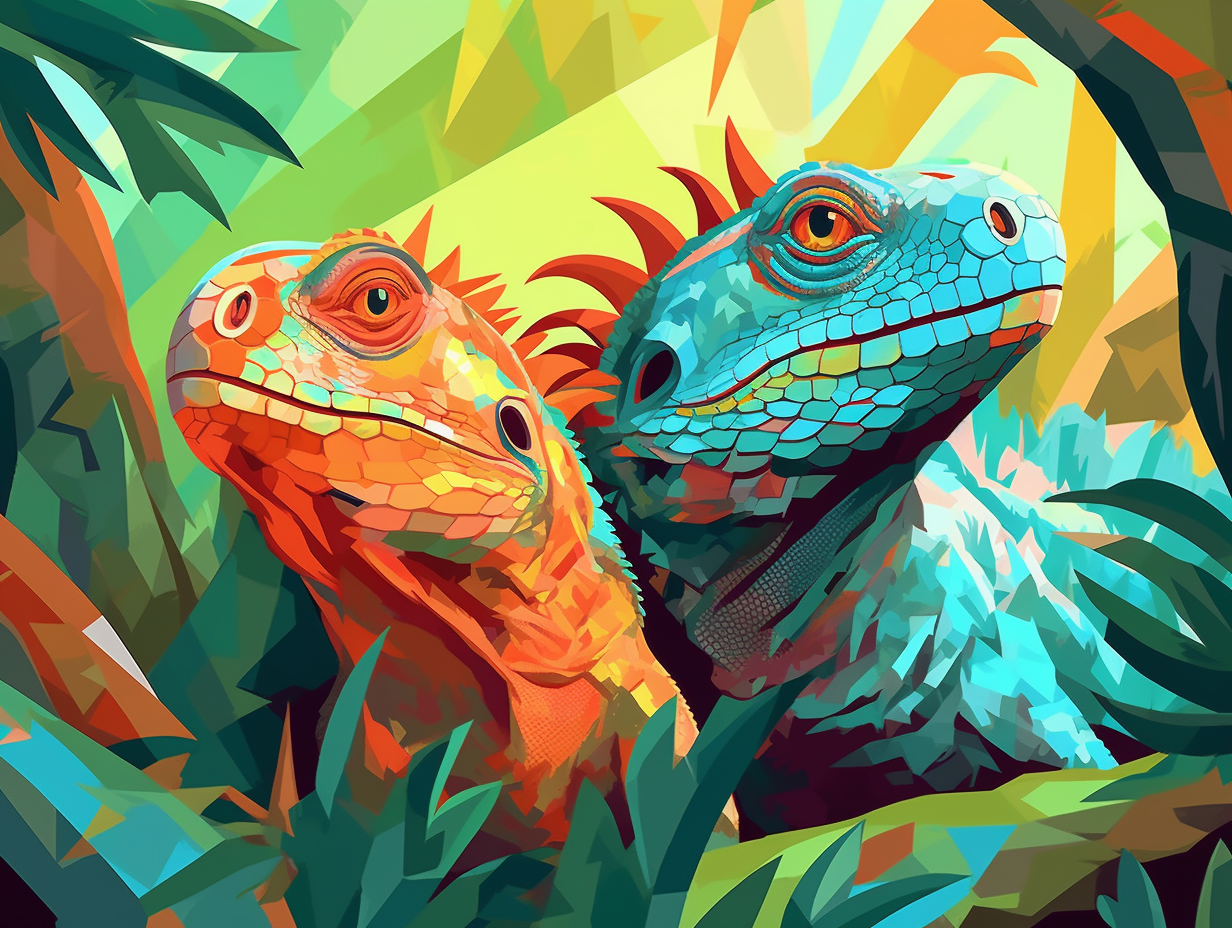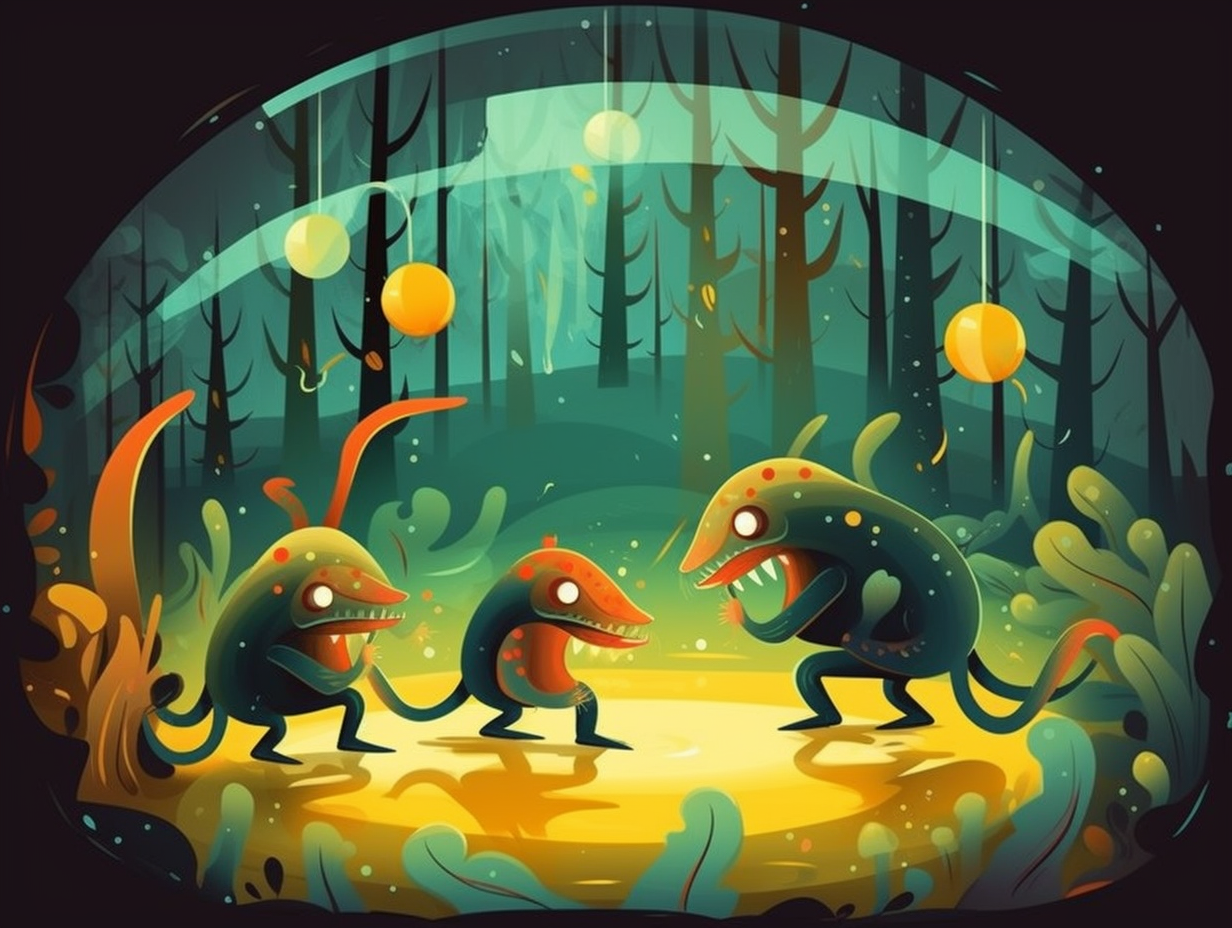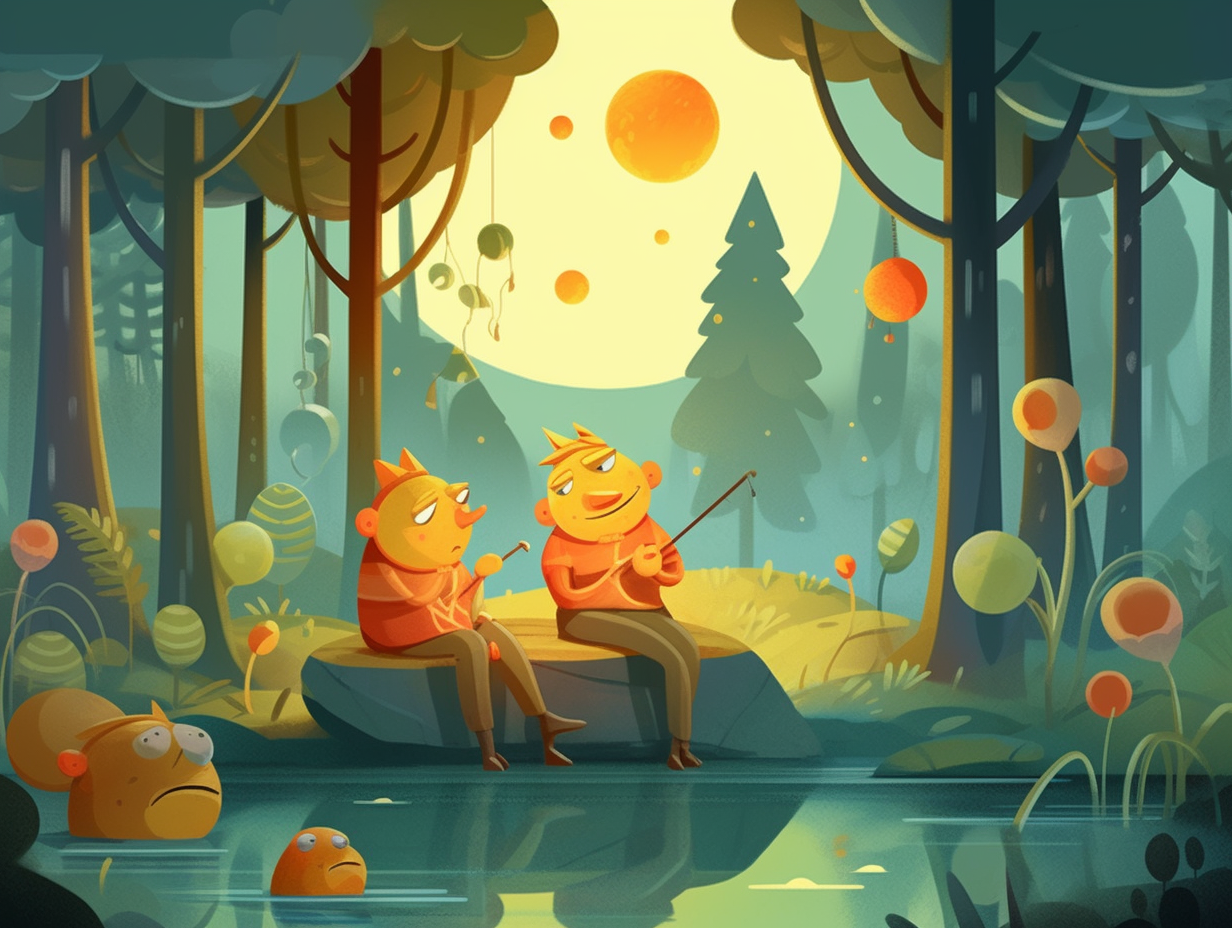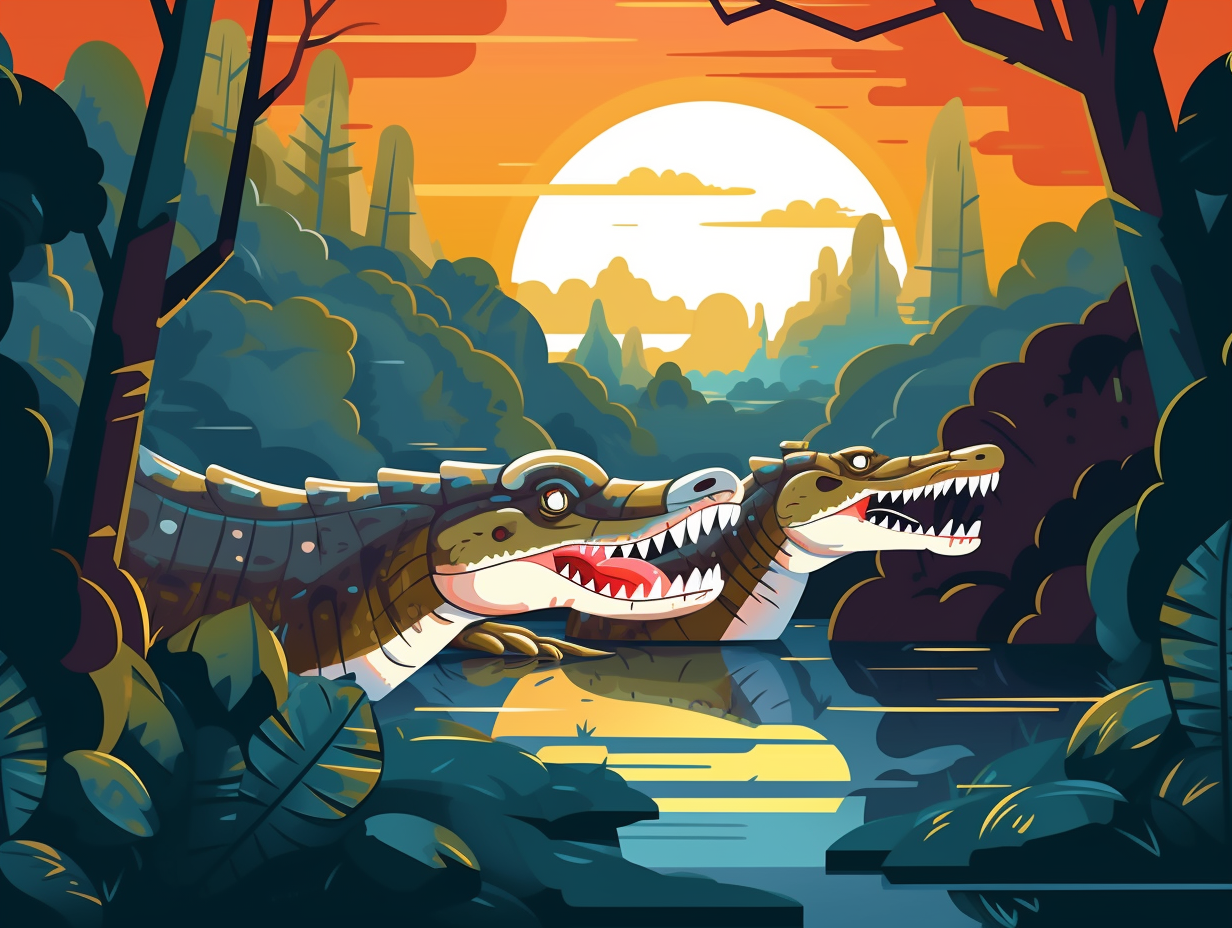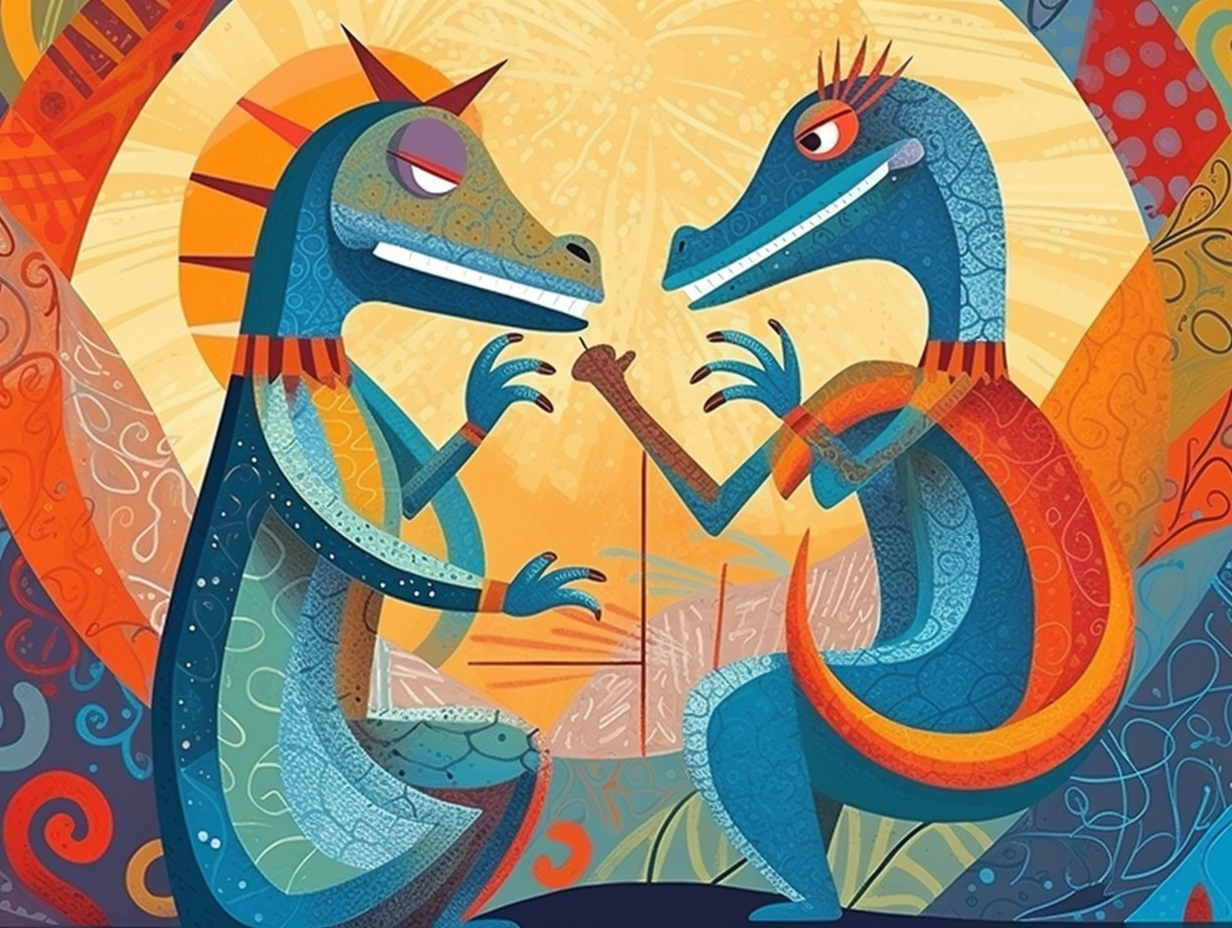Discover the Jurassic Giant: Top 9 Fun Facts About Diplodocus You'll Love

1. Jurassic Indiana Jones Whip
If Diplodocus starred in a Jurassic Indiana Jones film, it would have played the role of both Indy and his whip: Diplodocus boasted an impressive, whip-like tail that featured 80 caudal vertebrae – nearly double the count of its prehistoric co-stars! The serious reveal: This ancient superstar's tail not only provided a unique structure with double beams to protect its blood vessels from being crushed, but may have also served as a counterbalance for its lengthy neck, making it the envy of other sauropods in the Jurassic park.
Source => cs.mcgill.ca
2. No Neck Day at Dino Gym
Do you even lift, bro? Diplodocus didn't have to worry about neck day at the gym: Its long neck could be held horizontally without using muscles, all thanks to specialized ligaments running from the hip to the back of the neck, as revealed by scientists studying their vertebrae.
Source => nhm.ac.uk
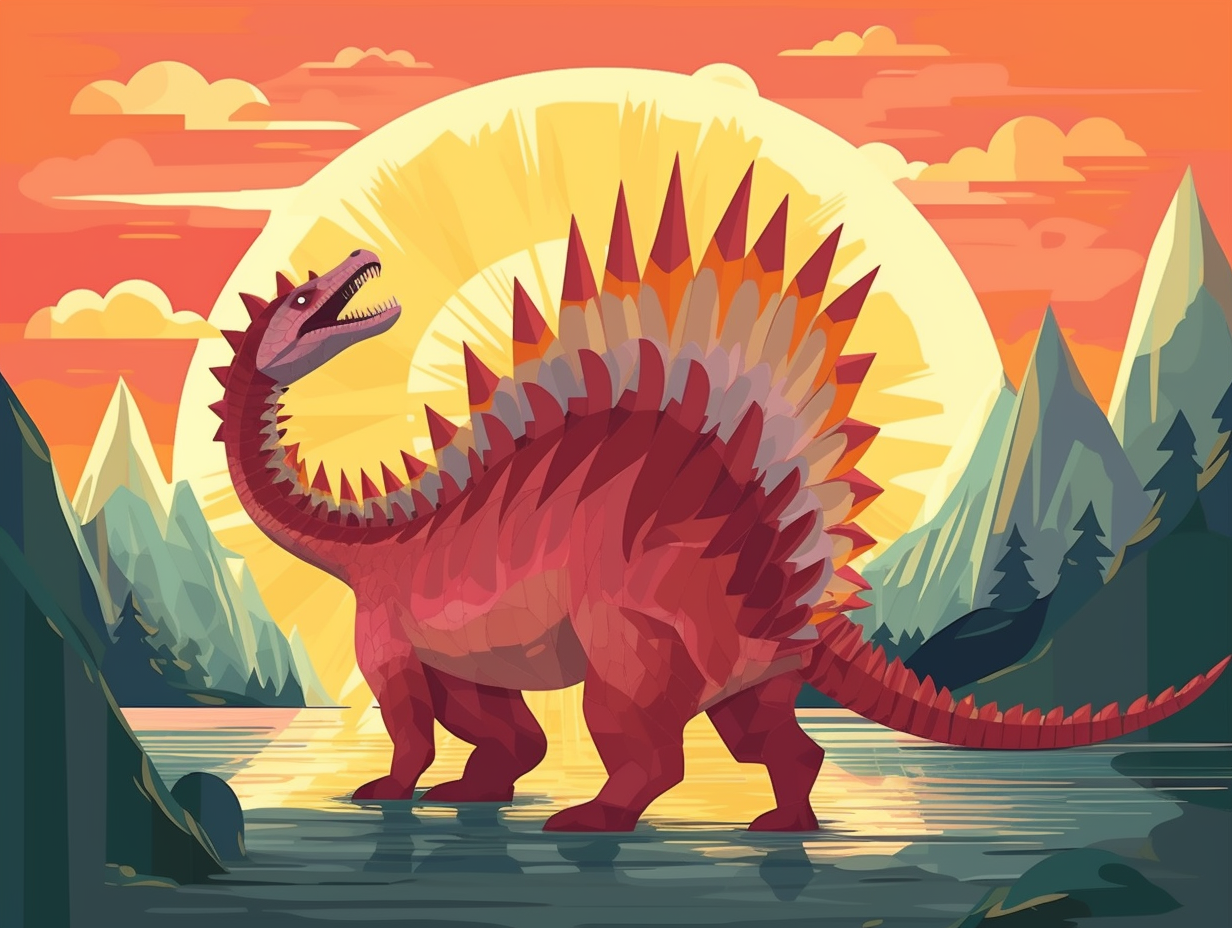
Did you know the Spinosaurus had a unique "surf and turf" diet, feasting on both land-based and aquatic prey? Discover the fascinating details of their underwater hunting skills!
=> Fun Facts about Spinosaurus
3. Double Beam Tail Support
Who needs Indiana Jones when you've got a Diplodocus on your side? Beware of the tail that never learned to lash: Contrary to popular belief, there's no evidence that the Diplodocus used its 80-vertebrae tail as a whip for self-defense or balance. Instead, the tail's unique "double beam" structure, formed by chevron-shaped bones, provided extra support and protection to blood vessels while the magnificent beast rested on solid ground. Stand aside, Indy!
Source => a-z-animals.com
4. Rapid Tooth Replacement
Talk about a toothsome tale: Diplodocus not only flashed a smile with over 40 teeth, but also gave the Tooth Fairy a run for her money by replacing them every 35 days to strip conifer and gingko leaves like an all-day salad bar!
Source => nhm.ac.uk
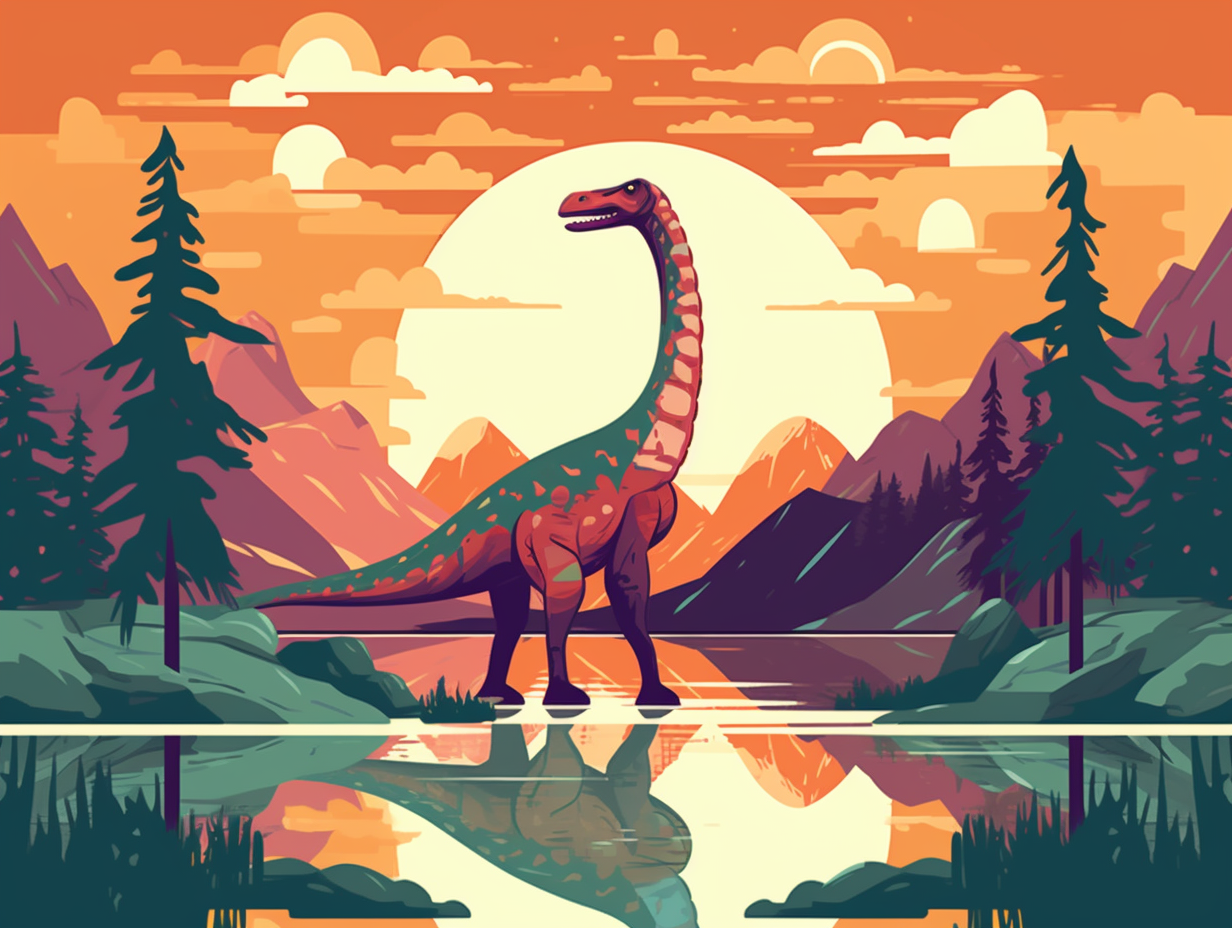
5. The Vegetariansaurus Diet
When it came to munching on prehistoric salads, the Diplodocus had an un-bark-able palate and no time to chew the scenery: Scientists have discovered that these vegetariansaurus preferred the soft parts of plants, like leaves and stems, bypassing any tree bark, and were able to efficiently deal with the stress of snacking on branches without the need to chew.
Source => smithsonianmag.com
6. Diplodocus Drag Queens
Next time someone tells you that Diplodocuses were the original drag queens of the dinosaur world, you can whip out this little gem: In reality, these long-necked lizards held their tails high off the ground and possibly used them as whips for self-defense, with their unique "double beam" bones shielding blood vessels and tissues in the process. Talk about a fashionable and functional tail accessory!
Source => kids.britannica.com
7. Size Matters: Tail Structure
Whoever said size doesn't matter never met Diplodocus: This long-necked dino had a tail made up of around 80 caudal vertebrae, functioning as a counterbalance and even boasting double beams in the middle for extra support and blood vessel protection. Talk about being well-structured!
Source => en.wikipedia.org
8. Arthur Lakes' Dino-Parties
When Arthur Lakes wasn't busy mixing cocktails or hobnobbing with Victorian high society, he dabbled in paleontology and threw lavish dino-parties in the 1870s: Our swanky naturalist discovered the first Diplodocus bones near Morrison in 1877, sparking a Jurassic Gold Rush in the American West and unearthing the first Apatosaurus and Stegosaurus fossils during his dino-digs.
Source => coloradoencyclopedia.org
9. Egg and Run Parenting
Forget Jurassic Park childcare: Diplodocus played a mean game of "egg and run"! Seriously though: Diplodocus, a gigantic dino from the Late Jurassic period, laid eggs in open areas and left them to hatch, making their little ones fend for themselves from day one.
Source => dinosaur-universe.com
Related Fun Facts

